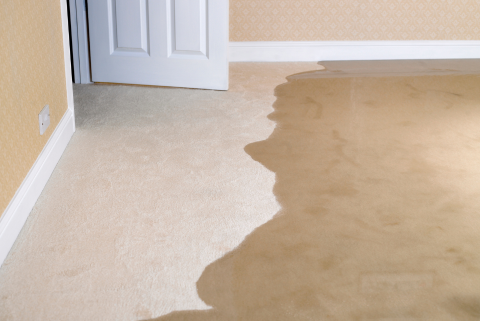
What are Water Sensors and How Do they Help Around the Home
Water damage in your home ranges from moldy walls, to damaged personal belongings, warped floorboards and more. It is important to take every possible precaution to prevent flooding in your home.
The smart technology in water-sensor systems and water leak detectors can help you manage and mitigate serious damage from flooding.
What are Water Sensors?
A water, or flood, sensor is an in-home device that signals an alarm when they’ve gotten wet or have detected water. They come in a variety of styles to match your needs and can be found online, or at hardware and home improvement stores.
How they Work:
Every homeowner or property owner is at risk of incurring flood, or water damage, regardless of where the property is located. Most water sensors are built the same. They are built with metal probes that extend out to detect water. When wi-fi is enabled, the sensor can push a notification to your phone when it detects an issue. If you are going out of town, you can designate family, friends, or neighbors to receive the notifications if a leak, or flood is present.
Some water sensors can be programmed to shut off water in the home to help prevent a leak from getting out of hand.
It is important to note that some flood sensors are designed for one-time use. If the sensor activates, you will want to replace the alarm.
Where they Should be Placed:
Water sensors should be placed in areas of the home where water damage could occur. When choosing where to place them, consider placing them in rooms near the following appliances that pose a risk for damage:
- Washing machines
- Dishwashers
- Refrigerators
- Furnaces and boilers
- Toilets
- Sinks
- Hot water heaters
- Sump pump
- Fish tanks
If your home has a basement, you should always install at least one sensor there as well. Many basements are home to sump pumps, water heaters, laundry and more.
Flood sensors are cost effective tools that can help you save money and property damage in the long run. There are many options available, so consider doing some research to determine which is best for you and your home. While doing your research, you can also contact a professional to help you install and set up your sensor.
Sources:



